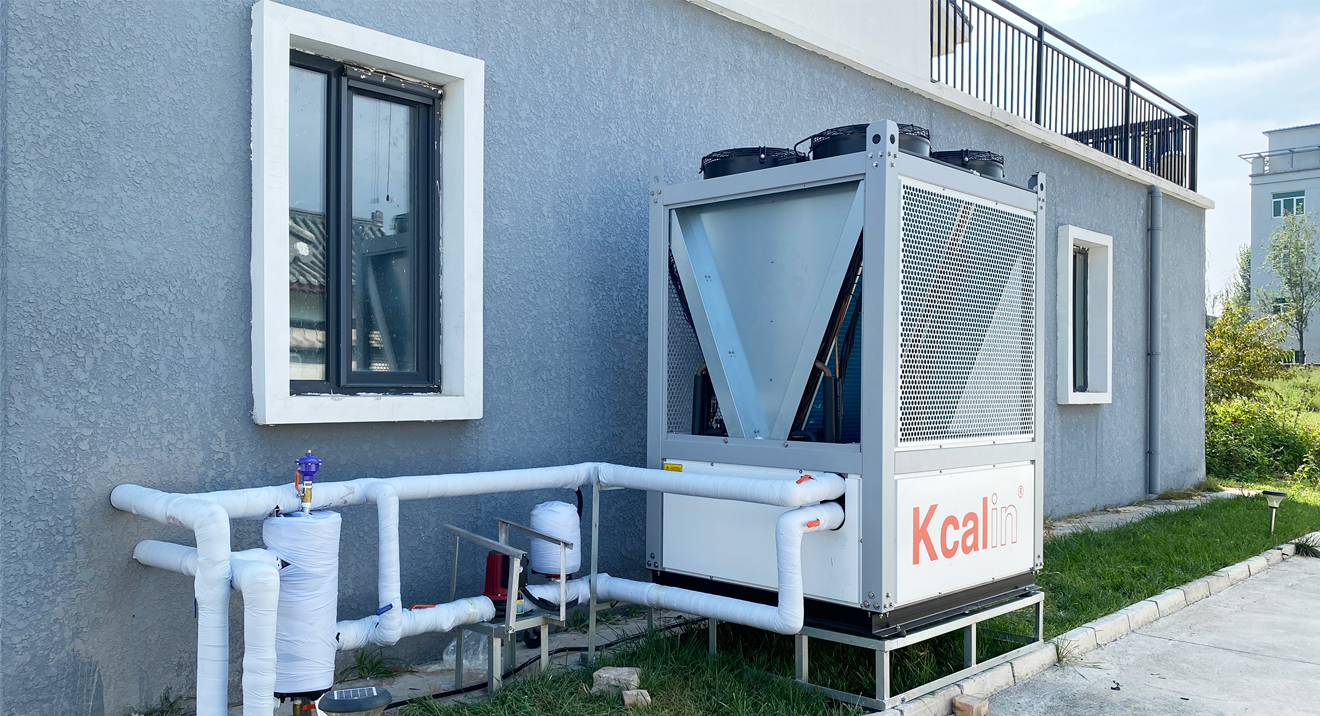In modern life, indoor comfort and air quality are crucial for our health and quality of life. Air conditioning and ventilation systems are crucial in achieving these goals. Although they all have the task of improving indoor environments, their functions, working principles, and applications vary greatly.
Air conditioning system is a system used to control indoor temperature, humidity, and air quality to provide a comfortable indoor environment. Its main task is to cool or heat indoor air, and filter and circulate indoor air through air treatment units.
Working principle of air conditioning system: The air conditioning system absorbs indoor heat through the refrigerant in the evaporator, cooling the air. The cooled air is filtered to remove dust and pollutants. The cooled air is sent back indoors, thereby lowering the room temperature. The air handling unit continues to filter and circulate indoor air to maintain a comfortable environment.
The main functions of the air conditioning system include controlling the indoor temperature and providing comfort during hot summers and cold winters. Adjust indoor humidity to prevent excessive dryness or humidity. Filter indoor air to remove dust, pollen, and harmful particles. Cycle indoor air to ensure uniform temperature distribution.
Ventilation system is a system used to provide fresh air, eliminate indoor exhaust gases, and maintain air circulation to improve indoor air quality. The main task of the ventilation system is to maintain the freshness of the air and avoid indoor gas accumulation and odor.
The working principle of the ventilation system: External air is introduced into the room through the air inlet, providing fresh air. Indoor air is discharged through exhaust vents to avoid indoor gas accumulation. The fan assists in the circulation of air, ensuring that indoor air does not stagnate. The filter removes pollutants from the incoming air and improves indoor air quality. The control system monitors air quality and adjusts ventilation rates as needed.
The main functions of the ventilation system include providing fresh air and improving indoor air quality. Eliminate indoor exhaust gas and harmful gases. Avoid the accumulation of indoor air and reduce odors. Help control indoor temperature and humidity.
Although both air conditioning and ventilation systems focus on indoor air quality, there are significant differences between them:

Function difference: The main function of the air conditioning system is to control the indoor temperature, while the main function of the ventilation system is to provide fresh air.
The working principle is different: the air conditioning system changes the indoor temperature by cooling or heating the air, while the ventilation system improves air quality by introducing fresh air and discharging exhaust gases.
Different goals: The air conditioning system aims to provide comfortable indoor temperature to meet the temperature requirements of users. The ventilation system aims to improve indoor air quality to maintain fresh and clean indoor air.
Different application fields: Air conditioning systems are usually used in places that require precise temperature control, such as offices, residential areas, and stores. Ventilation systems are more suitable for places that require fresh air and improved air quality, such as factories, hospitals, and laboratories.
Although air conditioning systems and ventilation systems have different functions, they can work together to create a healthier and more comfortable indoor environment. Here are the advantages of how they work together:
Air quality improvement: The air conditioning system can use filters in the air circulation to remove dust, pollen, and pollutants, improving indoor air quality. The ventilation system can introduce fresh external air to maintain fresh indoor air.
Temperature and humidity control: The air conditioning system can control the indoor temperature to ensure comfort. The ventilation system can help eliminate indoor moisture to maintain appropriate humidity.
Energy saving: Collaborative work can reduce energy consumption. For example, ventilation systems can introduce cool external air at night to reduce indoor temperature and thus reduce the use of air conditioning systems.
Air conditioning systems and ventilation systems play an indispensable role in improving indoor environmental quality, despite significant differences in their functions and working principles. By understanding these differences and how they work together, we can better design and maintain buildings to meet user needs and provide a comfortable and healthy indoor environment. In the future, with the continuous progress of technology and the improvement of environmental awareness, these two systems will continue to develop to better meet people's expectations and requirements. The collaborative work of air conditioning and ventilation systems will create more livable indoor spaces and improve the quality of life for us.







Comment